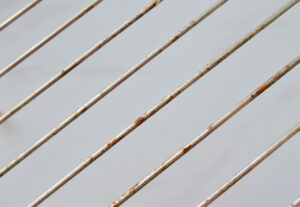Stainless steel, a marvel of modern metallurgy, filters into almost every aspect of our lives, from our kitchens to our bathrooms to our transportation system and architecture. There is a wide variety of stainless steel grades readily available, each with specific characteristics tailored to a specific application. Among the grades of stainless steel in use today is 317L, which has caught the attention of engineers and designers alike. But what makes this particular stainless steel so special? Let’s delve into the top uses for 317L stainless steel wire in today’s world.
1. Marine and Coastal Applications
317L stainless steel’s claim to fame lies in its superior corrosion resistance, especially against chlorides. It’s no surprise then that one of its primary applications is in marine environments. Stainless steel wire 317L is used for fixtures, fastenings, and structures where resistance to saltwater corrosion is vital. From the nets of fishing vessels to the ropes securing ships to their moorings, this grade of stainless steel ensures longevity and durability.
2. Petrochemical Plants
The robust nature of 317L stainless steel makes it a favorite in petrochemical plants. These facilities require materials that can withstand aggressive chemicals, fluctuating temperatures, and high-pressure scenarios. SS317L wire is often chosen for ladders, cages, safety barriers, and even for certain piping systems, ensuring that the infrastructure remains intact even under the most challenging conditions.
3. Medical Instruments and Implants
In the medical realm, hygiene, precision, and longevity are non-negotiable. Surgical instruments, braces, pins, and certain implants often use 317L stainless steel wire due to its anti-corrosive properties and ability to be sterilised repeatedly without degradation.
4. Architectural Uses
The aesthetic appeal of stainless steel, combined with its functional benefits, makes it a favorite in modern architecture. SS317L Grade is used in balustrades, sculptures, decorative screens, and even in certain structural elements. Its ability to resist corrosion and retain its luster means that structures remain visually appealing for decades.
5. Textile and Paper Industry
At first, the textile and paper industries might seem like unusual candidates for 317L stainless steel use. However, consider the processing equipment—many machines that manufacture textiles or process paper come into contact with chemicals and dyes that can be corrosive. 317L stainless steel wire mesh and components offer corrosion resistance, ensuring that these machines last longer and operate more efficiently.
6. Food and Beverage Production
In the world of food production, cleanliness is paramount. Equipment, especially those used in processing acidic foods like citrus fruits or tomatoes, needs to be resistant to corrosion. 317L stainless steel wire meshes, gratings, and other components are chosen for their ability to come into contact with food without corroding or leaching harmful substances.
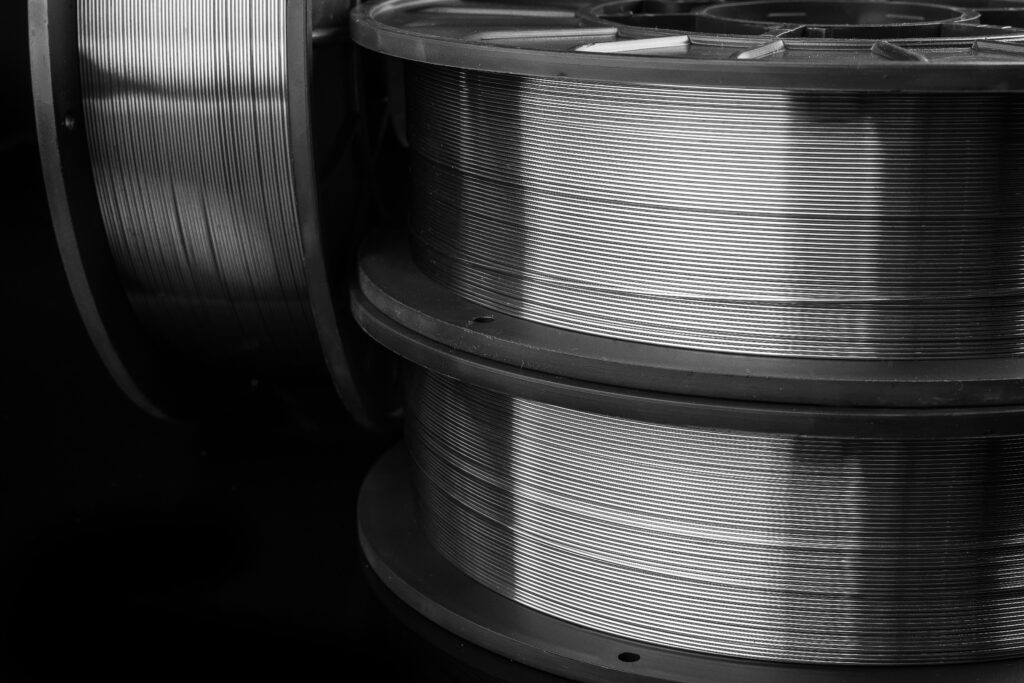
7. Automotive Industry
Though the automotive industry predominantly uses other forms of steel and alloys, 317L grade stainless steel wire has found a niche, especially in high-end vehicles. It’s used in certain engine components, exhaust systems, and even decorative elements for its combination of aesthetics, strength, and resistance to environmental factors.
8. Water Treatment Plants
Water treatment plants, with their chemicals and saline solutions, present a highly corrosive environment. The anti-corrosive and strength properties of SS317L wire are harnessed for filtration systems, grating, and other structural elements, ensuring the longevity of the plant’s infrastructure.
9. Aerospace and Defense
Precision, reliability, and strength are crucial in the aerospace and defense sectors. 317L stainless steel wire components, especially in certain aircraft systems and military equipment, provide the strength and corrosion resistance necessary to ensure optimal functionality.
10. Jewellery and Accessories
Last but not least, the allure of 317L stainless steel extends to the world of fashion. Many designers are now using this grade of stainless steel wire for crafting intricate jewelry, watches, and accessories, combining durability with an undeniably modern aesthetic appeal.
Advantages of 317L Stainless Steel Wire:
Enhanced Corrosion Resistance: Due to its higher molybdenum content, 317L exhibits superior resistance to pitting and crevice corrosion, especially in environments with high chloride concentrations, such as marine or coastal settings.
High Tensile Strength: SS317L grade wire possesses a commendable tensile strength, making it suitable for applications that require durability and resilience.
Excellent Formability: It can be easily formed and drawn, making it a favorite for manufacturing a variety of products, from intricate medical devices to large structural components.
Weldability: 317L offers good weldability, allowing for it to be integrated seamlessly into various assemblies.
Heat Resistance: This grade of stainless steel can withstand higher temperatures without losing its structural integrity or corroding, making it suitable for applications like petrochemical processing plants.
Non-magnetic: In its annealed state, the stainless steel 317L grade wire is non-magnetic, a feature that is sometimes essential in specific applications, such as medical implants.
Disadvantages of 317L Stainless Steel Wire:
Cost: One of the primary disadvantages is the higher cost. The increased molybdenum content that offers better corrosion resistance also drives up the price compared to other grades.
Availability: Due to its specialised nature, 317L may not be as readily available as more common grades of stainless steel, like 304 or 316L.
Work Hardening: While 317L stainless steel is formable, it can work-harden faster than other austenitic stainless steels. This requires special considerations during manufacturing processes.
Weight: Like all stainless steels, 317L is considerably heavier than aluminum or other alternative materials. This weight can be a limitation in applications where reducing the load is critical.
Limited Resistance: Despite its enhanced corrosion resistance, it is not immune to all forms of corrosion. In environments where sulfuric acid concentrations are higher, the 317L can corrode.
Its versatility and superior characteristics make 317L stainless steel wire a popular material in a wide range of industries. It is certain that this grade of stainless steel will continue to find new applications in the future, further cementing its place in metallurgy as the demands of modern engineering and design grow.
Thank you for taking the time to read this guide. We hope that the information above helped you in the search for the right product for your project.
If you are interesting in learning more about wires, check out our blog on Stainless Steel Wires or our other blog on What you need to know about: Cutting Wire.
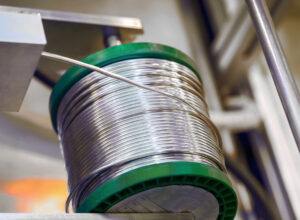
Nichrome Wire Safety: Top Tips for Working Safely
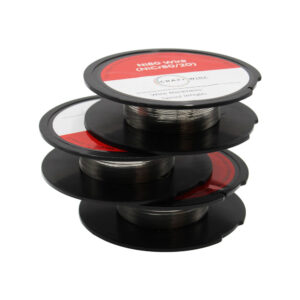
Best Wire for Electronics Projects
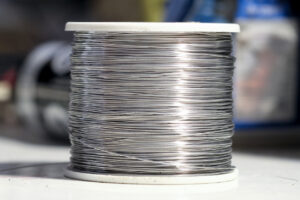
Is Ni80 Wire Suitable for DIY Heating Elements
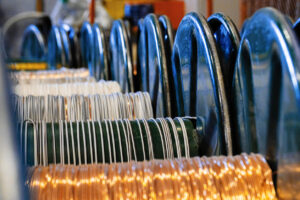
Wire Grades Explained
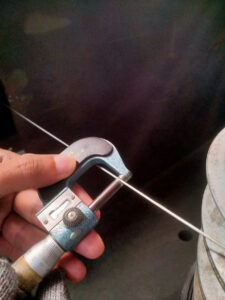
How Wire Diameter Affects Strength and Flexibility

How to Cut and Shape Wire for Custom Applications

Can Wire Be Used in 3D Printing?

How Wire Composition Affects Conductivity
